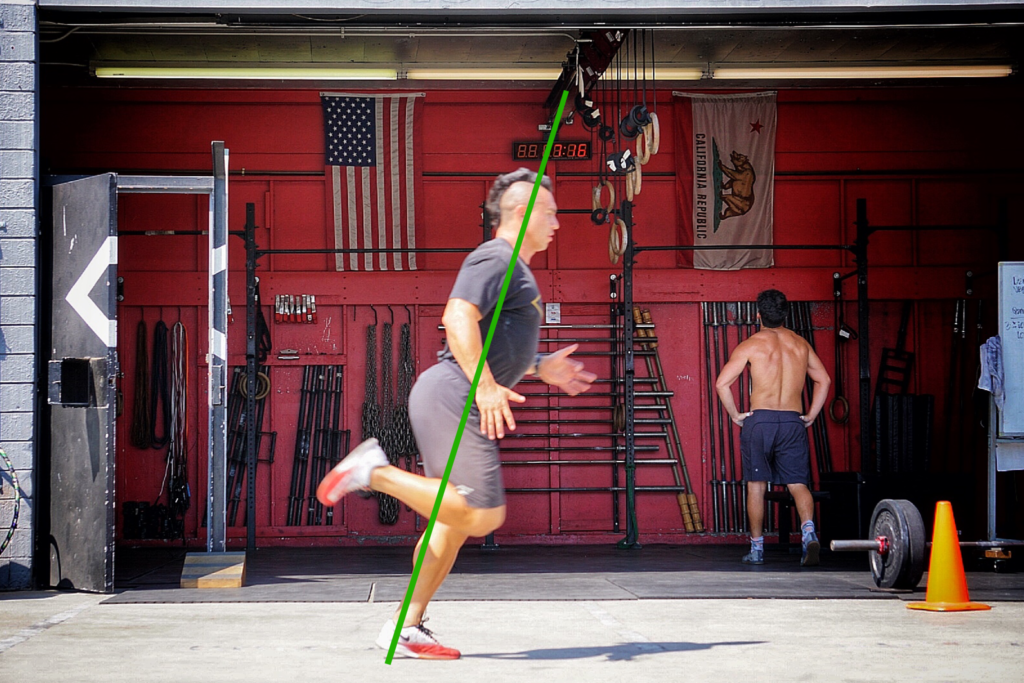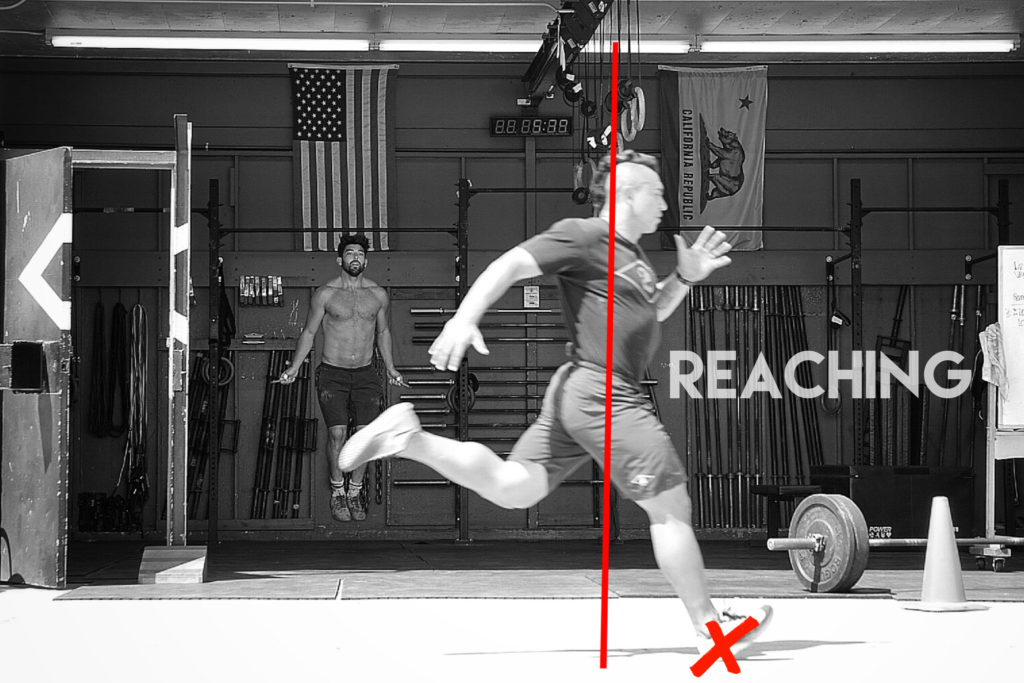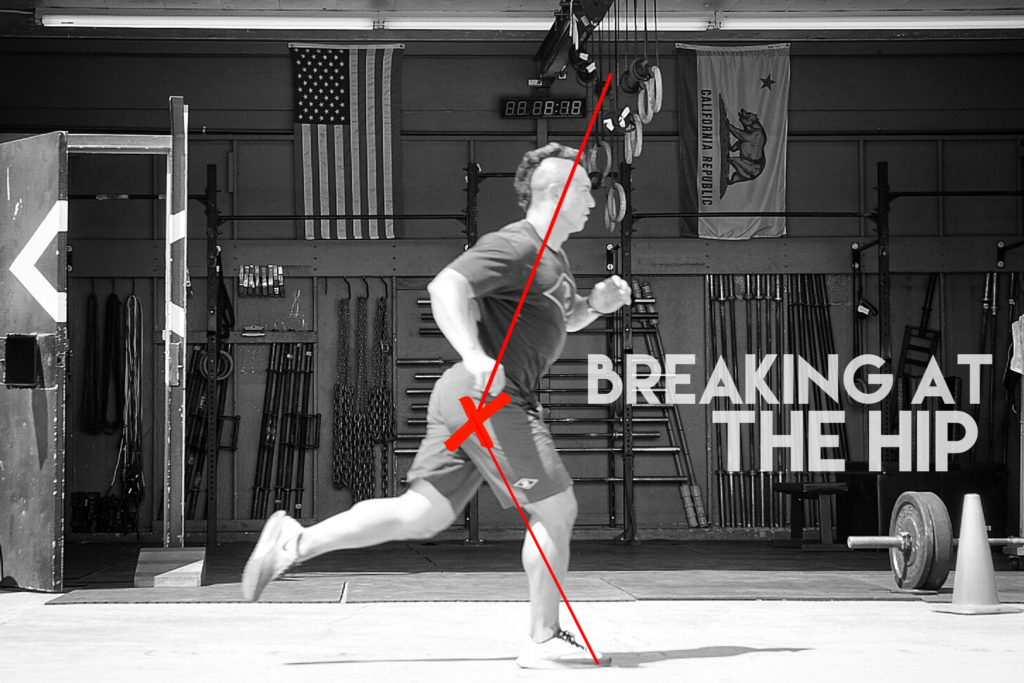
Without bars to not get your chin over or weights that won’t move, running is rarely looked at with the kind of judgmental microscope that gymnastics movements and weightlifting movements are. As it turns out that running is at least as, if not more, technical than snatches and bar muscle ups are. 
If we can place a standard on running, much like we place a standard on virtually all other movements, we could, then, observe deviations from this standard as faults and correct them. Luckily for us Dr. Romanov has done this work for us. It’s in his view that there are three basic points of performance while running. These points include the ability to maintain upright posture, the ability to “fall” forward, and the ability to pull your feet from the floor to maintain this controlled fall.
Here are a couple common failures in running mechanics broken down for you:
- Foot Contact Out Front. Foot contact any place in front of the runner’s hips, by definition, impedes forward
 progress. Reaching like this requires that muscular work must be done to overcome this point of contact. The runner must pull the body over this foot’s point of contact before it comes off the ground making this stride not only more jarring to the body and more total work, but it also requires more time spent on the ground per stride.
progress. Reaching like this requires that muscular work must be done to overcome this point of contact. The runner must pull the body over this foot’s point of contact before it comes off the ground making this stride not only more jarring to the body and more total work, but it also requires more time spent on the ground per stride. - Too Much Time Spent on the Ground. The difference between running and walking is flight. In the running stride, there are moments where the entire body is off the ground. If you spend less time on the ground, you can run faster with less effort and less exposure to injury. In general, increasing cadence regardless of speed will allow many athletes to run longer, safer. This is to be achieved by pulling the foot from the floor.
- Broken Posture. The only unavoidable force acting on every runner is gravity. If we’re running well, we can keep it that way. In order to do so, you’ll need to think of running as one giant trust fall. Hips must live forward in order to
 have the opportunity to create gravity driven locomotion. With tall posture, all you need to move is to displace your hips (forward) over your base of support (your feet). Try it! You’ll either start running or fall on your face. If you can understand falling from the hip, you can operate from a more mechanically advantaged postural position using gravity for locomotion rather than extra muscular effort. In this worldview, running fast means falling at a steeper angle.
have the opportunity to create gravity driven locomotion. With tall posture, all you need to move is to displace your hips (forward) over your base of support (your feet). Try it! You’ll either start running or fall on your face. If you can understand falling from the hip, you can operate from a more mechanically advantaged postural position using gravity for locomotion rather than extra muscular effort. In this worldview, running fast means falling at a steeper angle.
There’s plenty of controversy around nearly all things fitness related. Naturally, running is no different. Yet, the advantages of creating a standard around running gives us an opportunity to observe faults that we can improve upon. These advantages, in large part, out weigh any stylistic or dogmatic rebuttal to these “rules” of running. Simply put, use this as a tool. Without these faults, we might just continue running mindlessly (like we currently are) and end up with a overwhelming percentage of runners injured each year (like we currently are).
Logan Gelbrich
@functionalcoach
7/6/17 WOD
Find a Heavy Triple (Log or Keg) Viper Press
Then, Complete 4 rounds for time of:
100′ Farmers Carry (AHAP)
10 Ring Dips
10 HSPU

